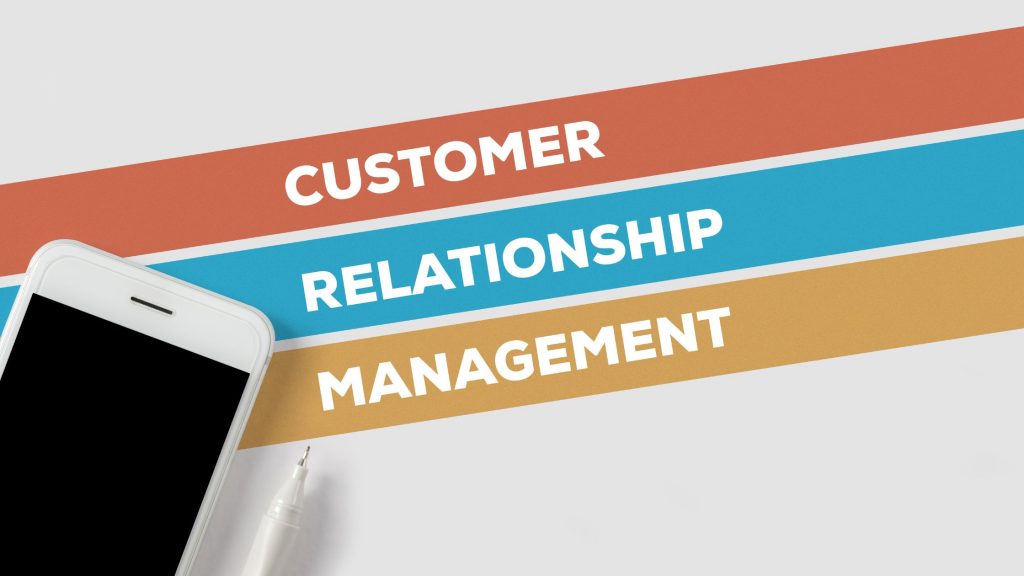Introduction
You’ve certainly heard of the term “big data,” but you’re probably clueless about the mechanics of this burgeoning trend. Big data refers to massive data collections that are more complicated than what is commonly referred to as traditional data. Data mining, on the other hand, is the art and science of detecting and utilizing data patterns. Because of the quantity of information that can be derived from data analytics, it is obvious that data is a vital decision tool for organizations today. Indeed, advanced data mining approaches are expected to assist many organizations in the future. This article delves into the subject of data mining to explain what it comprises as well as its usefulness in business today.
Data Mining Techniques
Data mining techniques are classified into several categories, the most important of which are an association, classification, clustering, prediction, sequential patterns, and decision tree.
- Decision Trees
Because of its simplicity and effectiveness in data processing, decision trees are one of the most often used data mining approaches. The root of a tree is used to express situations or queries in this method. The root answers the query and then leads to its own set of conditions and replies. The process is repeated indefinitely until all of the roots reach the final set of conditions/answers. Data may be displayed graphically using this approach.

- Associative Learning
Association rules are essential IF & THEN statements that disclose data in databases. For example, if a client purchases an egg, there is an 85 per cent likelihood that they will also purchase milk. Associative learning is accomplished by examining data using IF-THEN statements and then determining how many times a product occurs in a database. The next stage is to determine the dependability of a number of IF-THEN connections. It is essential in forecasting client behaviour and may be used in creating systems that display Artificial Intelligence.
- Clustering
This is a data mining process that maximizes the information acquired from a group of items with similar properties. To fully grasp the approach, one must first comprehend the concept of clustering. Clustering, in a nutshell, needs groupings of abstract items to build groups of related things. To accomplish clustering, you must first divide a collection of data into groups and then name the groupings. Consider a library with a diverse selection of books for readers. Of course, the first problem is making these publications available to consumers who are interested in a specific speciality. To solve this with clustering, group books with similarities in a specific region, and then name them in an easy-to-identify manner.
- Sequential Patterns
Businesses use this method to find frequent patterns and trends in transaction data over a certain time period. An excellent example is monitoring transactions to see which items or services people purchase throughout specific seasons of the year.

- Predictive Analysis
As the name implies, this is a data mining approach in which information from data is utilized to forecast trends and patterns. The unknown occurrence is usually in the future, but it can also be in the past. The link between explanatory factors and predicted variables, which is utilized to identify unknown patterns, is a critical component of predictive analysis. The accuracy of this approach is dependent on the amount of data analysis and the quality of assumptions made.
- Classification
This data mining approach is frequently mixed up with clustering. Unlike clustering, items are allocated to predetermined classes or groups in this situation. This technology is based on machine learning and is used in data mining. A spam filter, for example, recognizes spam emails and categorizes them. It employs difficult mathematical techniques from statistics, neural networks, and linear programming, among others. With such concepts, it is possible to create a system that can learn and categorize data objects into groups.
- Regression
Data mining may be used to create a model based on several factors. For example, a regression can determine the price of a property based on the number of rooms, location, and size. As a result, the target is house value, other factors are predictors, and the output data assists in making a case. Regression forecasts the target value in the construction data set. The historical regression data is separated into two sets: model building and model testing.
Benefits of Data Mining To Increase Revenue
Data mining provides several benefits to organizations throughout the world today. Here, we look at some of the most typical advantages of implementing data mining techniques.

- Sales Forecasting
You may forecast future sales by analyzing the behavioural patterns of your clients using data mining tools. This allows you to identify which complimentary items or services you can provide. You can also use it to anticipate how many clients will buy from you based on the number of customers in the market.
- Merchandise Planning
Merchandise planning is critical, and data mining may be quite helpful in determining the best stocking and warehousing solutions. It includes things like selecting the correct product, pricing, stock balance, and so on. This is possible using database mining tactics, a strategy that will undoubtedly boost your decision-making. - Marketing Strategies
Marketing is a critical component of every organization. It means that significant resources must be committed to developing tactics that are specific to your brand. Database marketing is critical because it provides precise statistical techniques for marketing. One may save money and improve the efficiency of marketing initiatives by analyzing demographics and psychographics.

- Customer Relationship Management
In today’s competitive market, keeping customers pleased is no longer an option, hence CRM is viewed as a crucial aspect of the company. Many firms prioritize client retention, and data mining provides methods for doing so efficiently.
Concluding Thoughts
Every business is unique, as are its demands and data. Understanding your company’s requirements and studying your competition are the first steps in data mining. Based on these business-driven leads, data formats and data sources, both online and offline, may be identified. To map the information, many predictive data models are applied. This procedure, however, is never as straightforward as it appears. Iterative data analysis and data models are used until every possible source of relevant information is exhausted. The data might potentially be handled in a single package or separated into clusters to get a more complicated, but more accurate, result.




